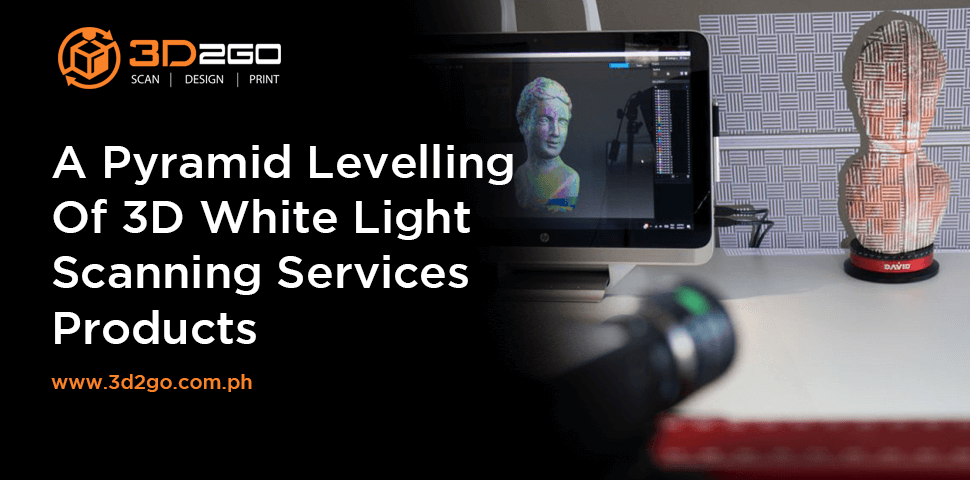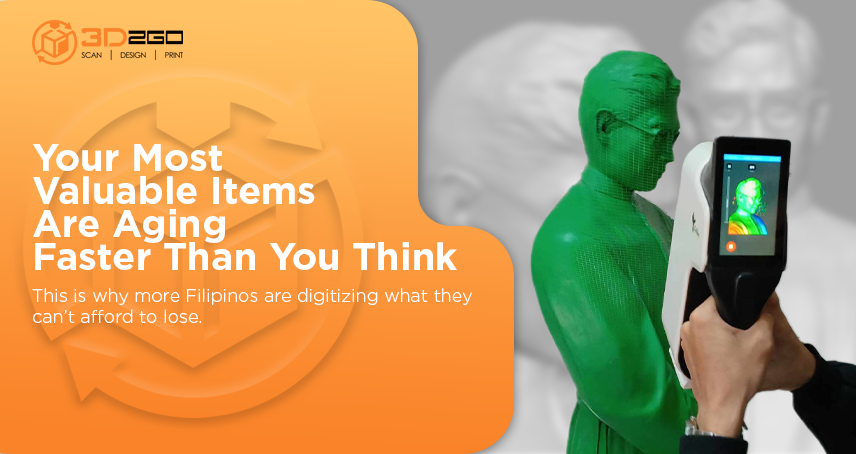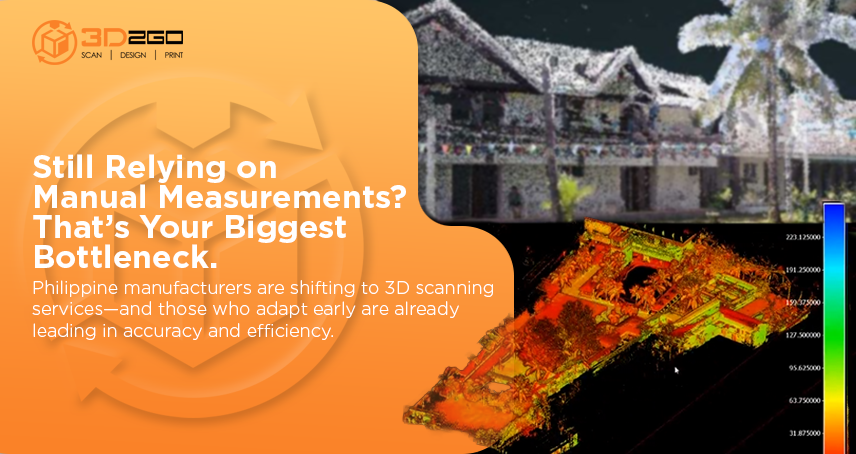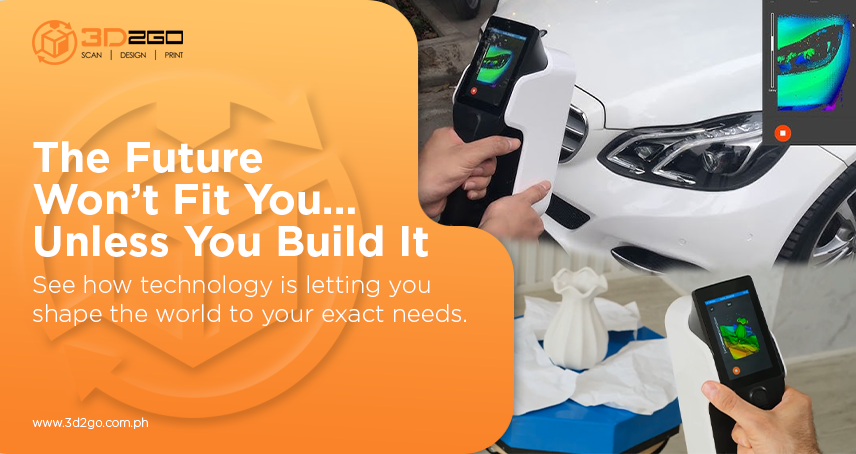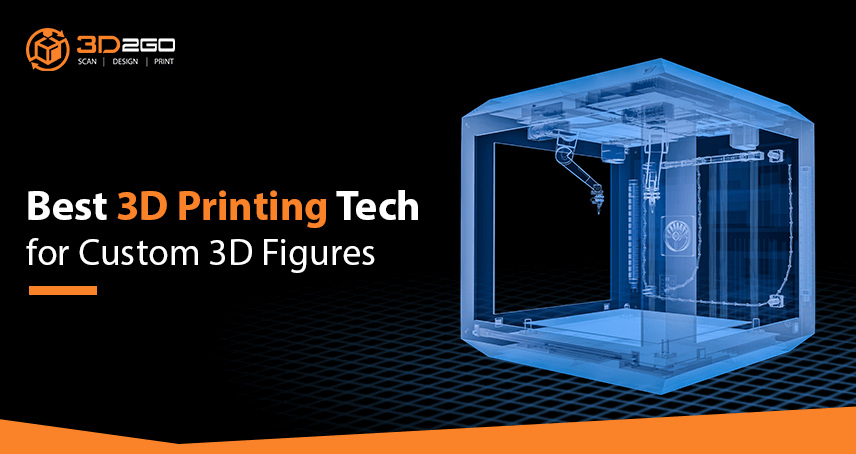
Best 3D Printing Tech for Custom 3D Figures
May 13, 2022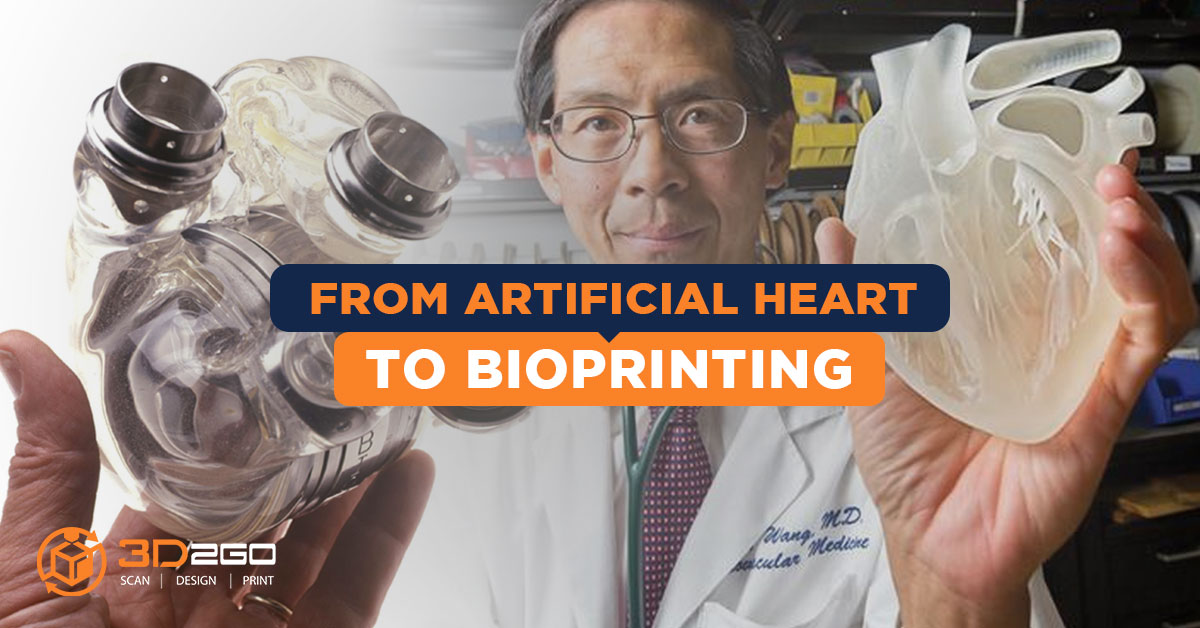
3D-Printed Human Heart: A Miracle of Modern Science
May 14, 2022Where does 3D white light scanning come from?
3D scanning devices that use structured light start with triangulation.
Triangulation is the process of determining a point in 3D space given its projections onto two, or more, images.
But there is more about structured light technologies that you need to know. Let’s break it down further.
3D Scanning Devices
3D scanning services are done with a projector which has two cameras at angles on either side. The sensing cameras examine the light patterns that are projected onto the scanned object. The user can then determine the exact X-Y-Z coordinates.
Projectors with structured light sensors produce a striped pattern of light. Size and direction may change during data collection, depending on the sensors. The sensing cameras notice this contrast and, as a result, it assigns the pixels to given coordinates.
The process above is a popular method of non-contact scanning called Structured light 3D scanning and is done in a variety of industries. Experts say that the no-touch approach creates a smooth workflow. Additionally, it produces a more accurate and rapid result compared to contact-based scanners.
But there are other structured light technologies that are more effective than others. One of these is the white light scanner.
White Light Specializations In The 3D Industry
A data chain in reverse engineering begins with data collection of points using a metrology-type sensor. This then converts the points into a connected mesh. Lastly, the mesh is processed into surfaces or a solid model.
This advancement in 3D scanning technology allowed new low-end uses operated by people less skilled in the nuances of reverse engineering but more attuned to their own profession.
You can think of all the possible uses for it today as a pyramid.
At the most bottom level are the applications, like orthotics and prosthetics, with technical challenges that are relatively low.
There are many people who need a low-resolution of a scan for a model of a limb. The tolerances required are not particularly tight. It is because the human body is soft and can tolerate a small amount of inaccuracy.
Recently, scanners attached to a tablet computer-operated even by amateurs can be used to create a model good enough for animal orthotic purposes.
At the next level of the pyramid are applications like consumer product design.
Unlike the first application in the medical field, the tolerances needed in the design should be tighter than a millimeter. Further, the process may be followed by mass production.
Consumer products may be but are not limited to:
- Cell phones
- Shoes
- Bottles
- Objects with artistic flair
Products with a more unique visual would additionally need to reverse engineer the physical model before having it assembled.
The expertise required increases as well for reverse engineering. This is because it is a mix of 3D scanning Philippines process and original design work. Accuracies usually revolve around the 50 μm range.
The next level is for maintenance, repair, and overhaul.
These are some of the primary uses of reverse engineering. Tolerances and resolution for this level are tighter.
As a result, the products would require more advanced equipment which has high accuracy such as a LiDAR or 3D white light scanner.
One of the ideas you can do is scan an aircraft landing gear.
Getting a high accuracy would require a higher skill in operating the equipment and using the software because the area scanned is for professional use.
Finally, the topmost level is those with paper blueprints.
Often, people want to make parts better. With reverse engineering and the help of a white light scanner, you can redesign as much as needed.
You may even add other processes like topology, optimization, or design for additive manufacturing on top of that.
Industries Using 3D White Light scanning
White light interferometry (WLI) is used to illuminate the surface and collect data such as 3D measurement solutions.
Collected data ranges from the following industries but are not limited to:
- Aerospace
- Transportation and automotive
- Consumer products
- Education
- Heavy industries
- Healthcare
- Heritage
- Oil and gas
- Power generation
Don’t see your niche in the listed industries? Contact us today and we’ll get back with more details and a quote on other 3D2GO scanning services!


